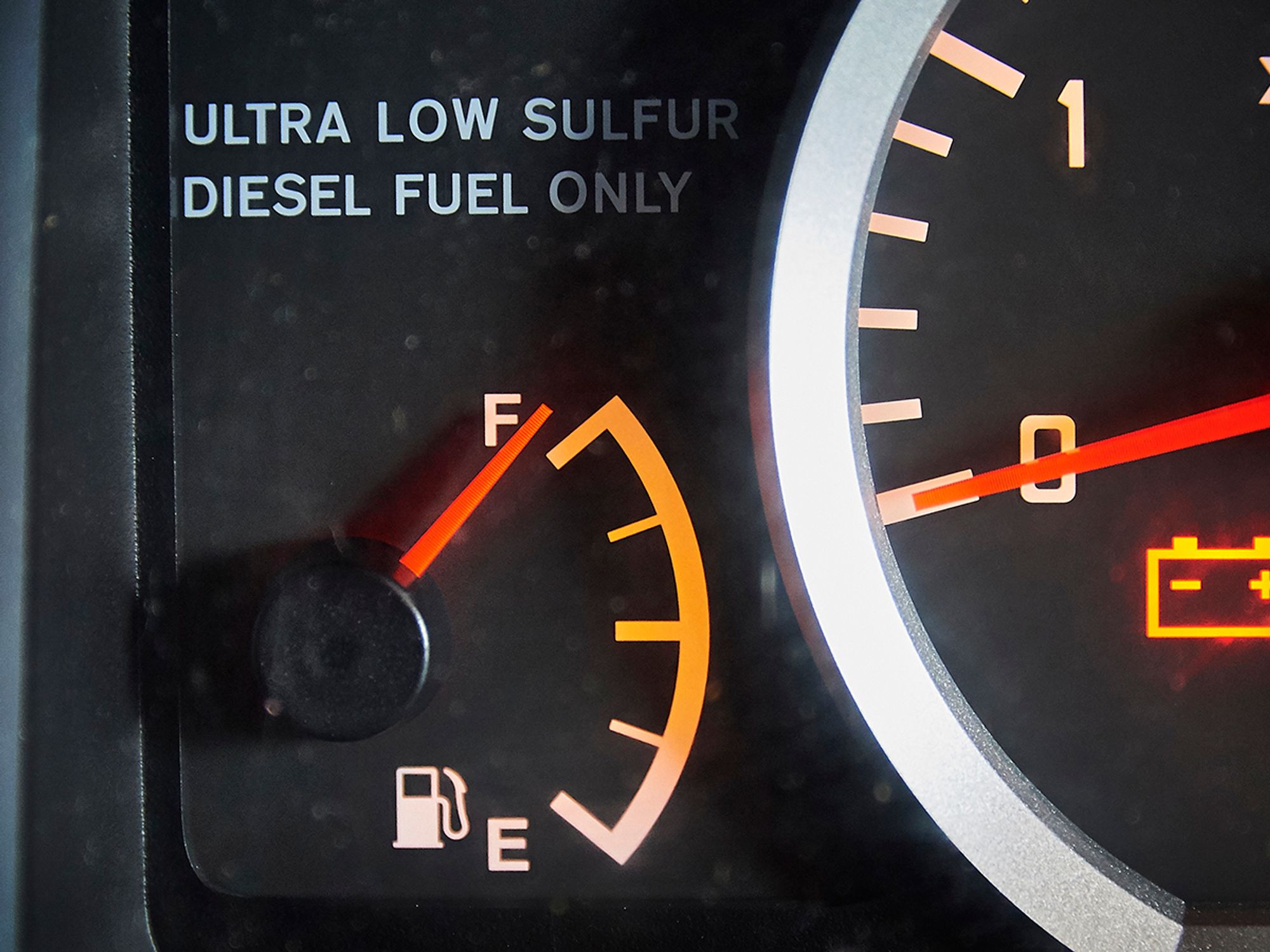Driver training: Fuel economy

- Factors affecting fuel mileage include engine size, transmission and differential gearing, vehicle speed and aerodynamics, terrain, and ambient temperature during vehicle operation.
- To achieve fuel economy, fleets may place an emphasis on equipment specifications, fuel quality, routing efficiency, or maximizing loads.
- Fleets should convince drivers to slow down and avoid excessive shifting, high RPM driving, and idle time.
Factors affecting fuel mileage
Many factors play a part in determining how economically a vehicle consumes fuel. Some examples include the:
- Size of the engine
- Transmission gearing
- Differential gearing
- Aerodynamics of the vehicle
- Speed the vehicle operates at
- Terrain the vehicle operates on
- Ambient temperature the vehicle must operate at
Achieving fuel economy
Fleets can take different approaches to a fuel-economy program. They may place their emphasis on:
- Equipment specifications
- Fuel quality
- Routing efficiency
- Maximizing loads
Driver efforts
The driver is the end-user of fuel-efficient equipment, quality fuel, and a well-maintained vehicle. As such, fleets must convince drivers that the easiest and cheapest way to save fuel is to adopt a less aggressive driving style. Specific practices that should be encouraged by the fleet to improve fuel economy include slowing down and avoiding:
- Excessive shifting
- High RPM driving
- Idle time
Drivers that drive with fuel efficiency in mind will operate the vehicle in a manner that will also reduce maintenance problems. This is because the same driving habits that increase fuel mileage — smooth steady acceleration and deceleration, low RPM and progressive shifting, and minimal idle time — reduce wear and tear on the vehicle. The less wear and tear the vehicle is undergoing, the more effective the preventive maintenance (PM) program can be.
